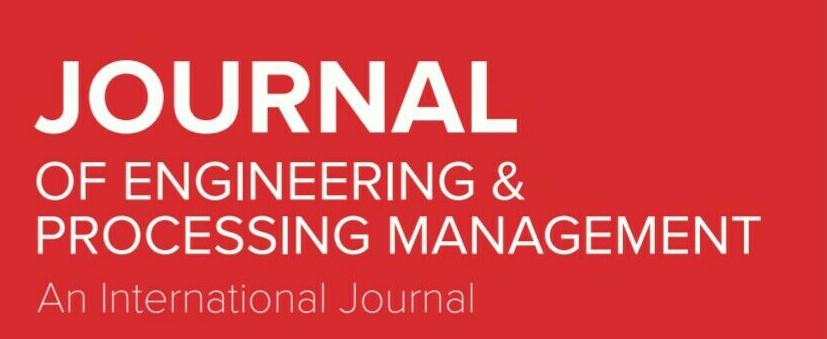MINERAL CONTENTS IN PORK AND EDIBLE OFFAL FROM INDIGENOUS PIGS
DOI:
https://doi.org/10.7251/JEPM1901066TAbstract
Meat is one of the most nutritious foods that humans can consume, and is defined as the flesh (skeletal muscles) of animals used as food. In addition to protein and fat, meat is a significant source of several micronutrients (minerals and vitamins). Edible offal is also a form of meat which is used as food, but which is not skeletal muscles, and in general possesses higher contents of some micronutrients, especially minerals and vitamins, than muscular tissue. Minerals are the inorganic elements other than carbon, hydrogen, oxygen and nitrogen, which remain behind in the ash when food is incinerated. They are usually divided into two groups – macrominerals (main elements) and microminerals (trace elements) or into three groups – main elements (macrominerals), trace elements (microminerals) and ultra-trace elements. The aim of this paper is to provide an overview of the existing literature on the content of nine most abundant minerals (potassium, phosphorous, sodium, magnesium, calcium, zinc, iron, copper and manganese) in the major raw pork meat cuts (tenderloin, ham, loin and shoulder) and edible offal (tongue, heart, lungs, liver, spleen, kidney, brain and spinal cord) from indigenous pigs. The mineral levels in raw pork meat and pig edible offal are variable, ranging from 175.7 to 463.8 mg/100g for potassium; 159 to 502.0 mg/100g for phosphorous; 38.11 to 158.4 mg/100g for sodium; 8.3 to 28.5 mg/100g for magnesium; 4.61 to 26.02 mg/100g for calcium; 0.67 to 6.47 mg/100g for zinc; 0.55 to 45.59 mg/100g for iron; 0.10 to 0.825 mg/100g for copper; and from 0.0038 to 0.338 mg/100g for manganese.Downloads
Published
2019-11-12
Issue
Section
Чланци

